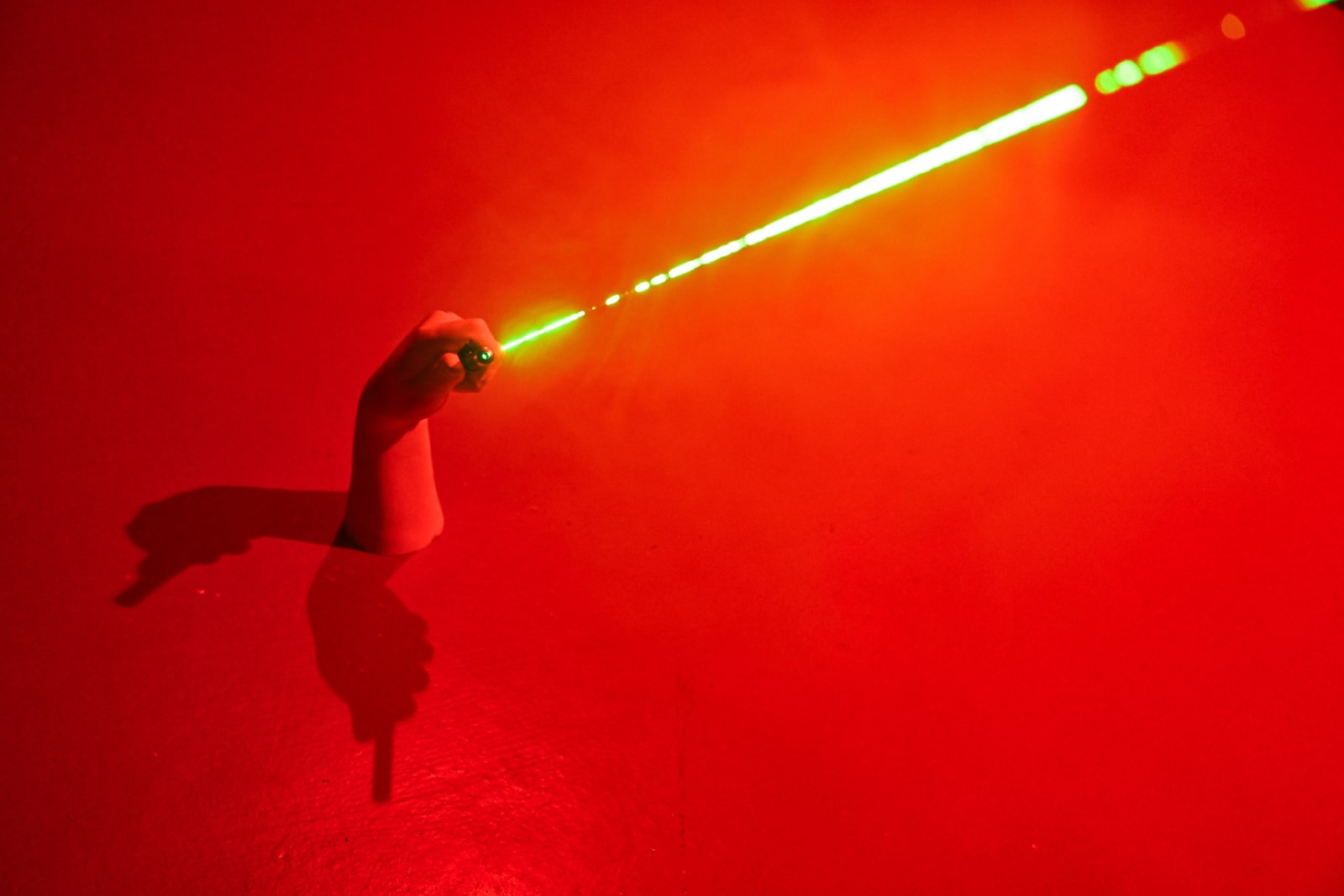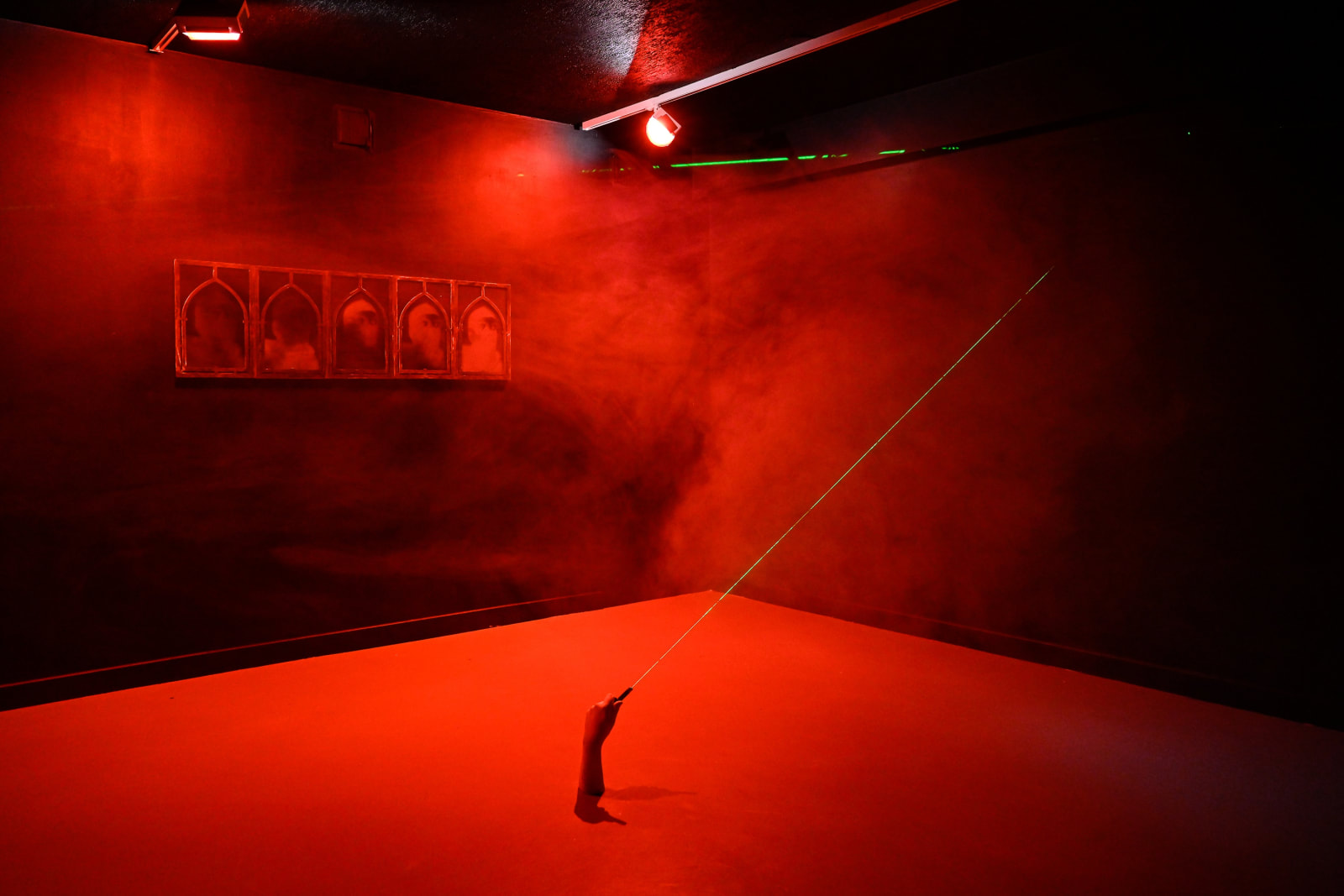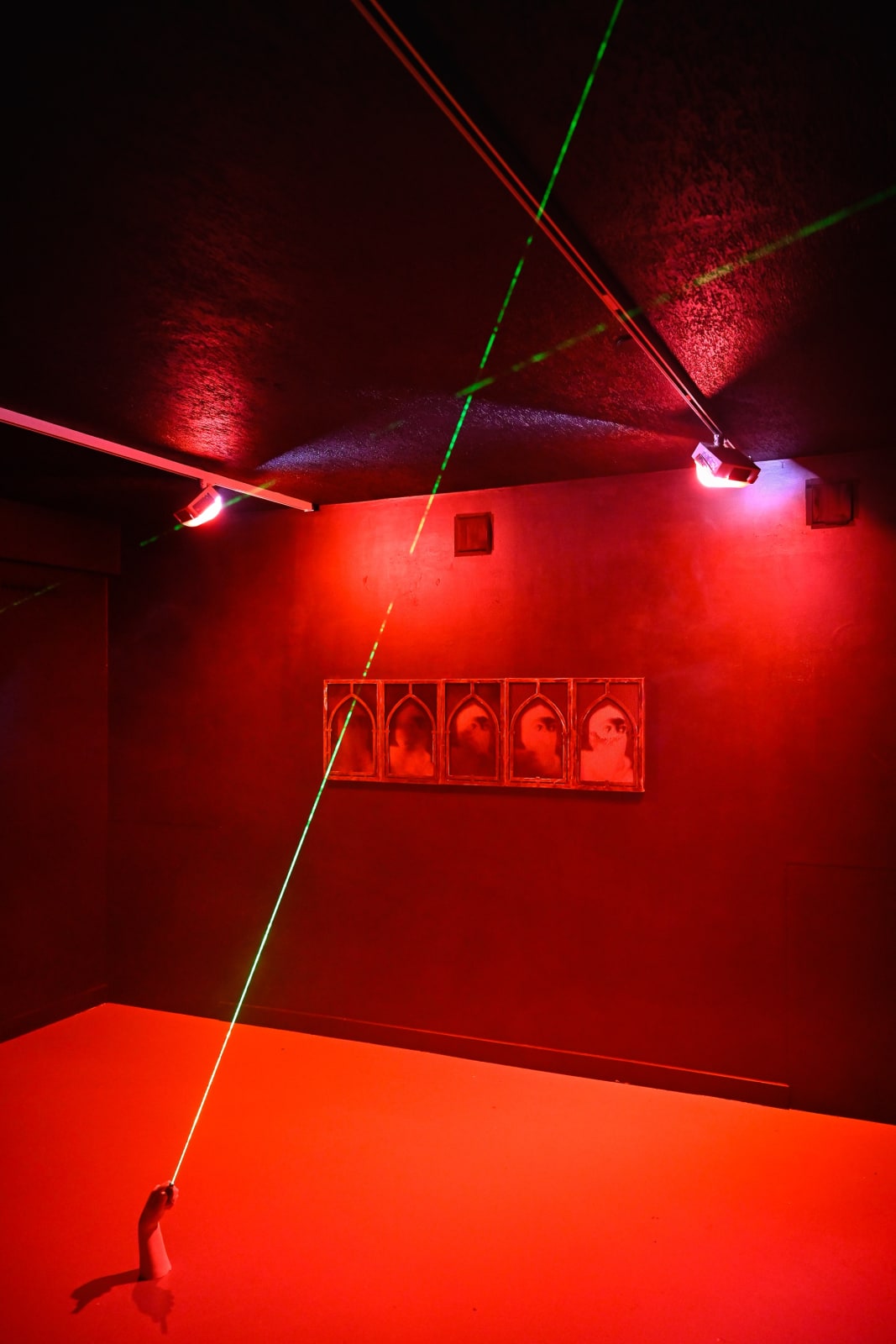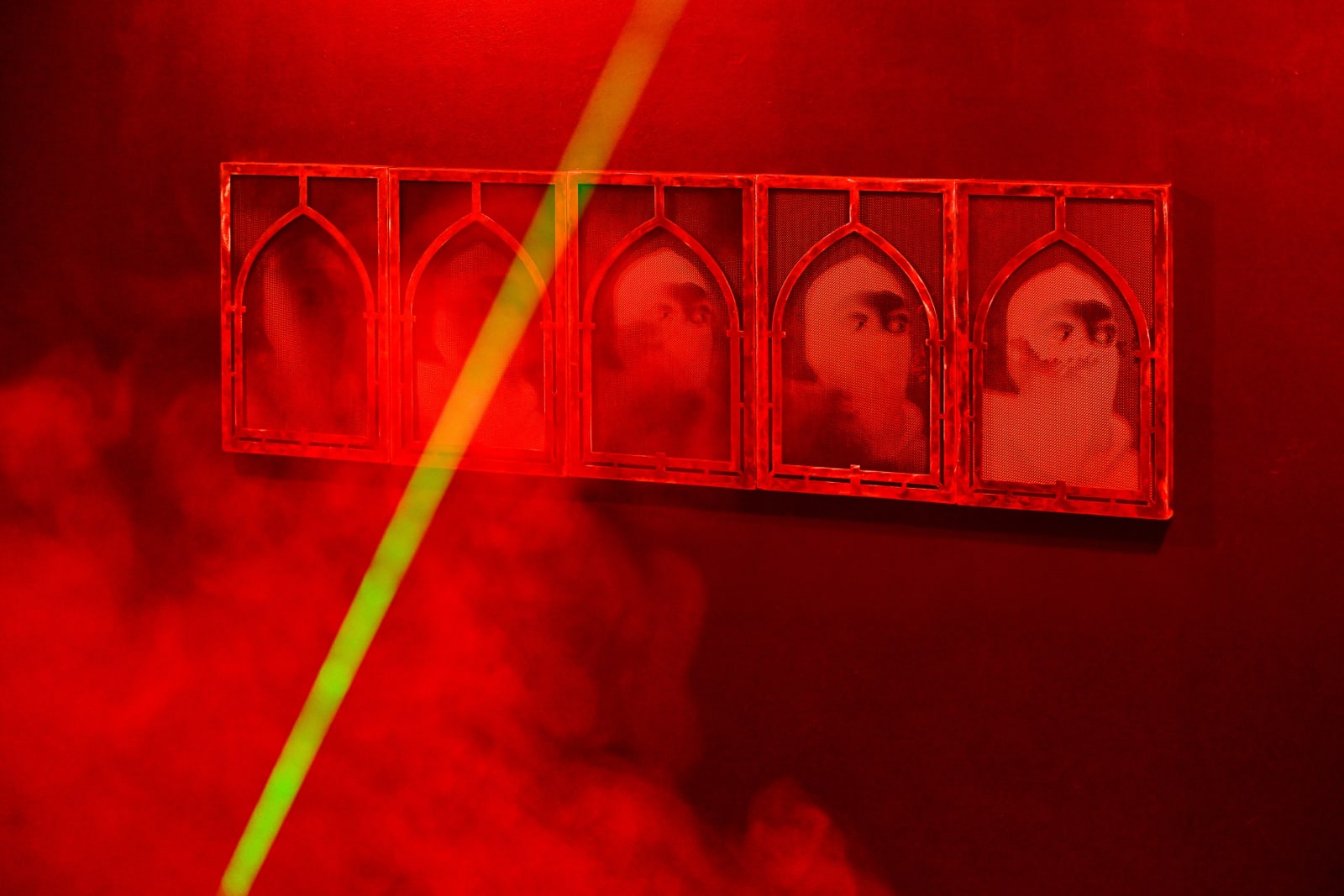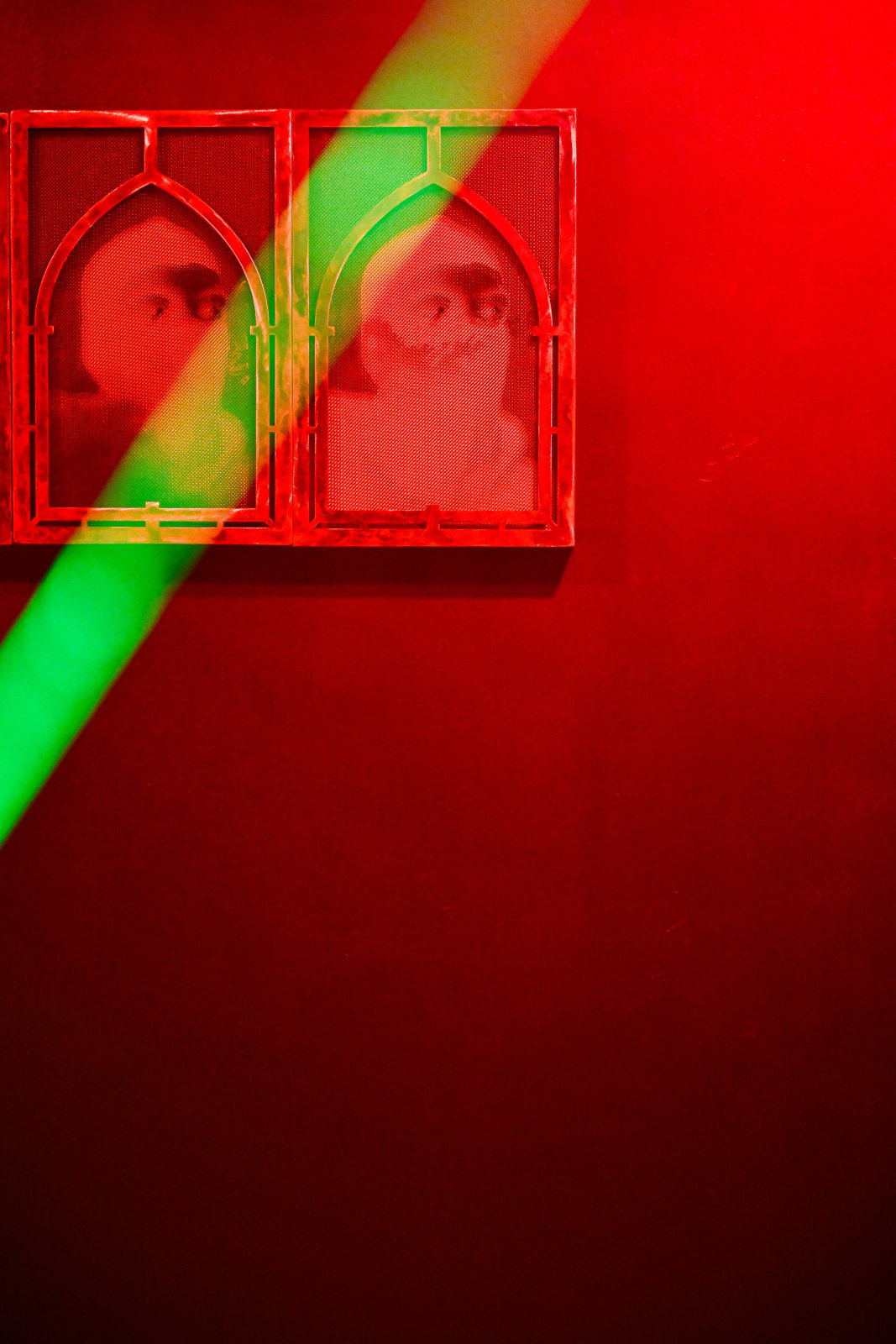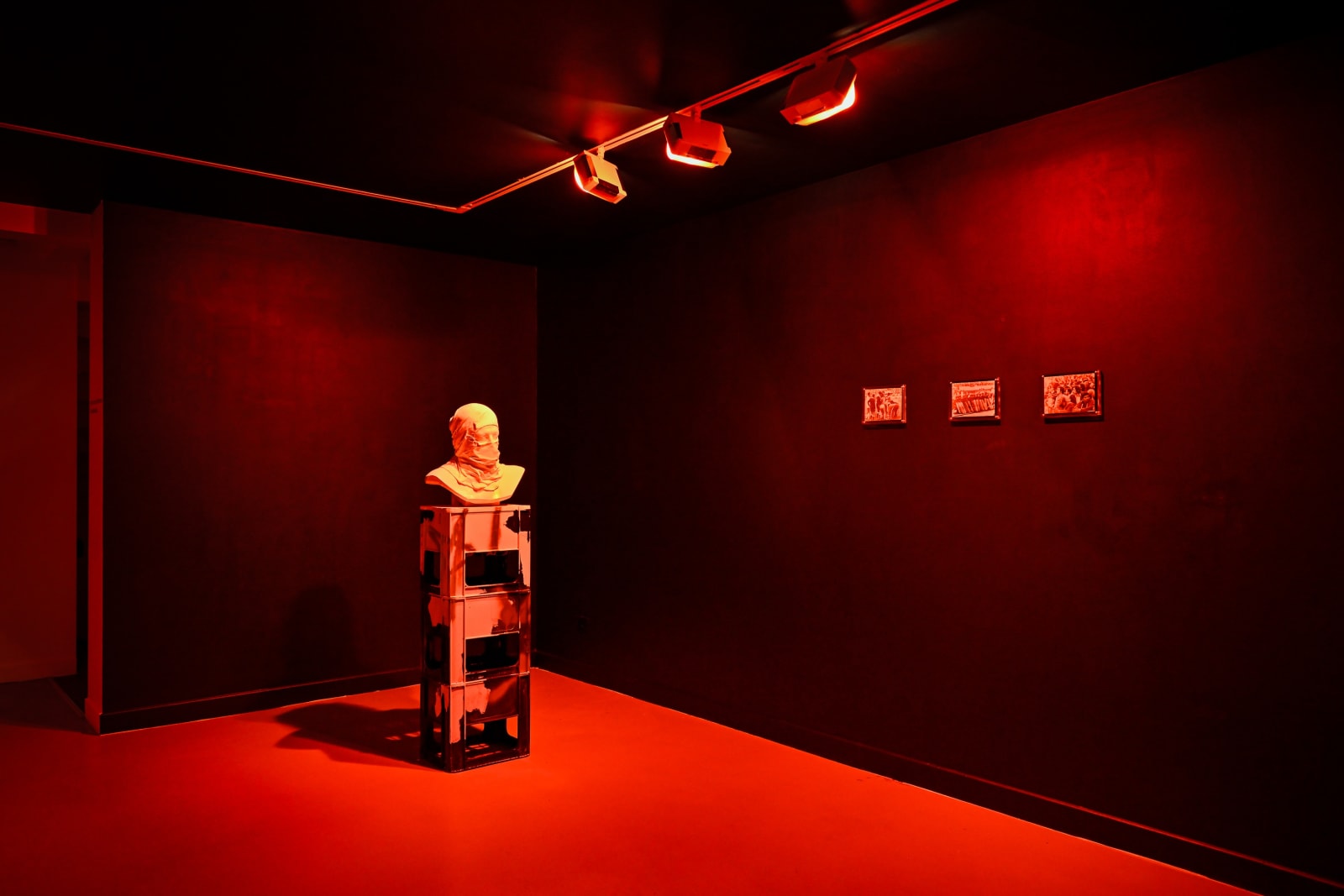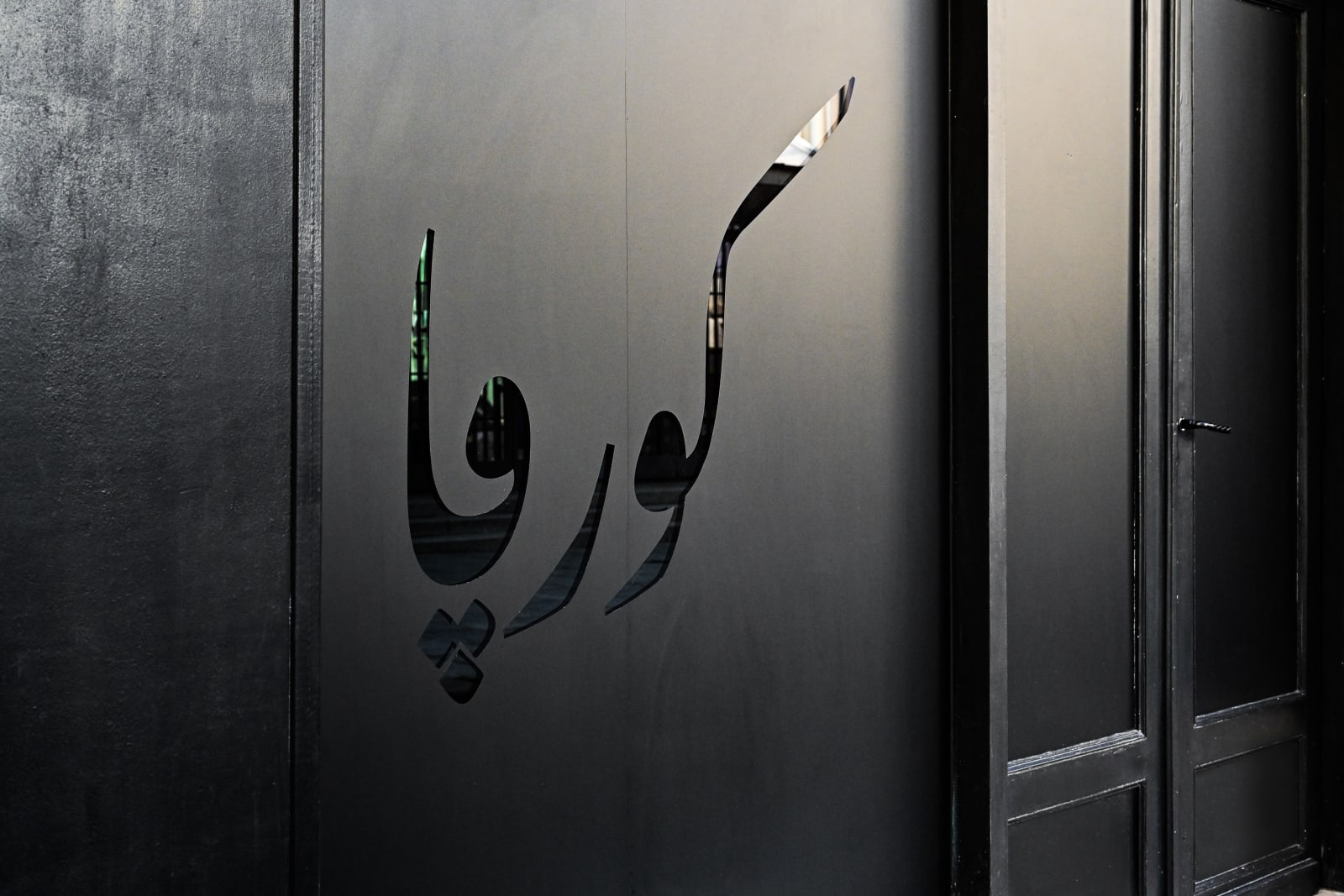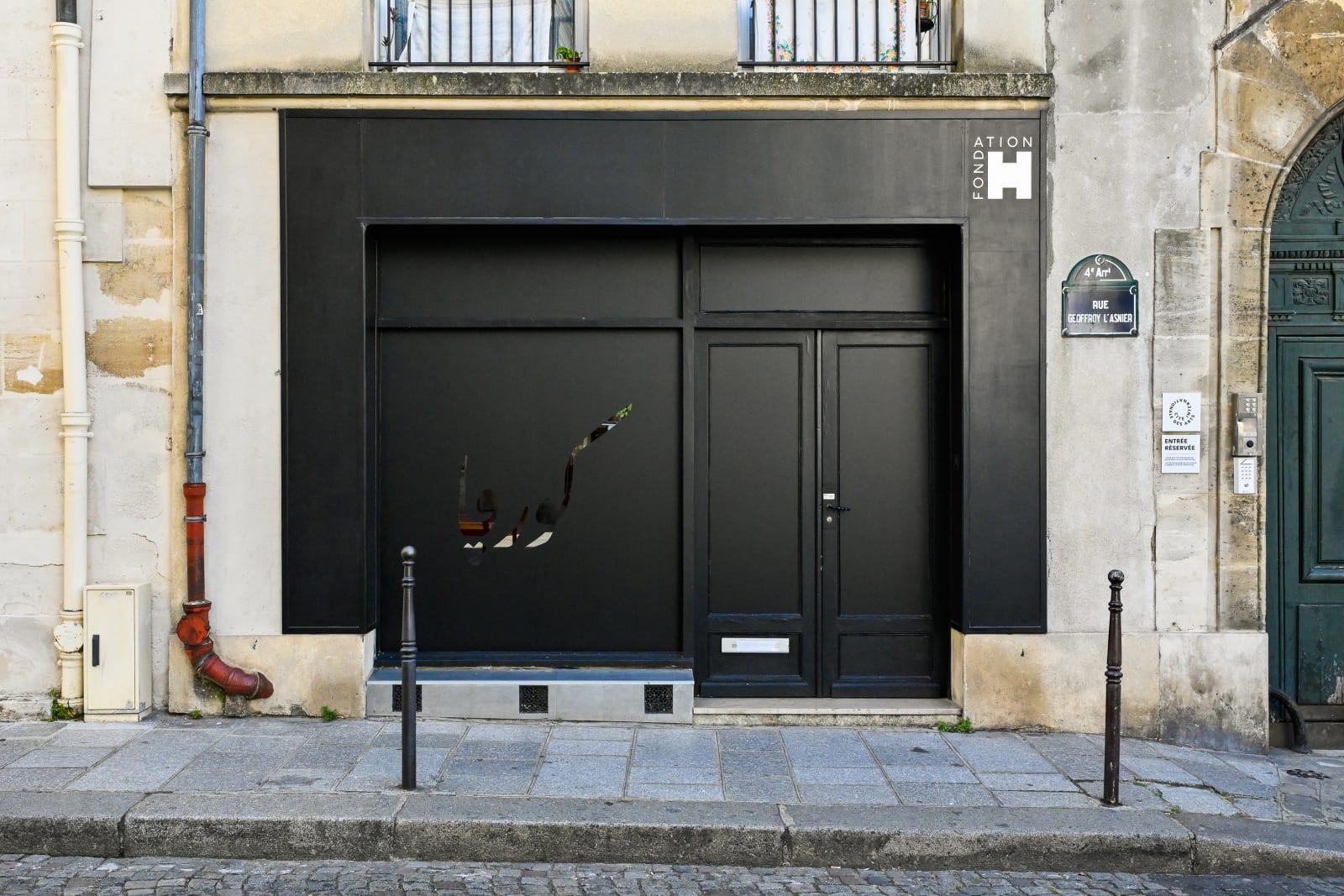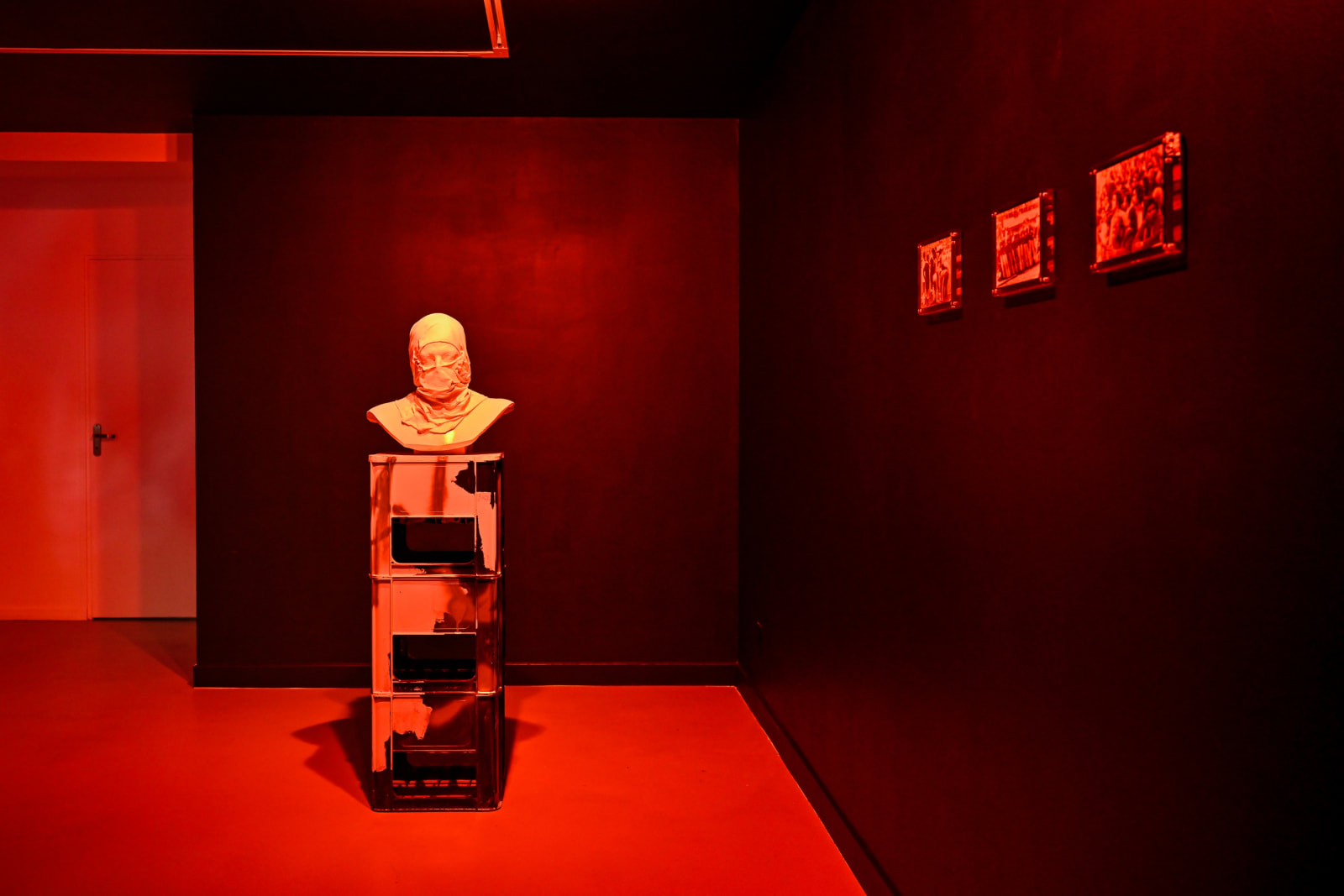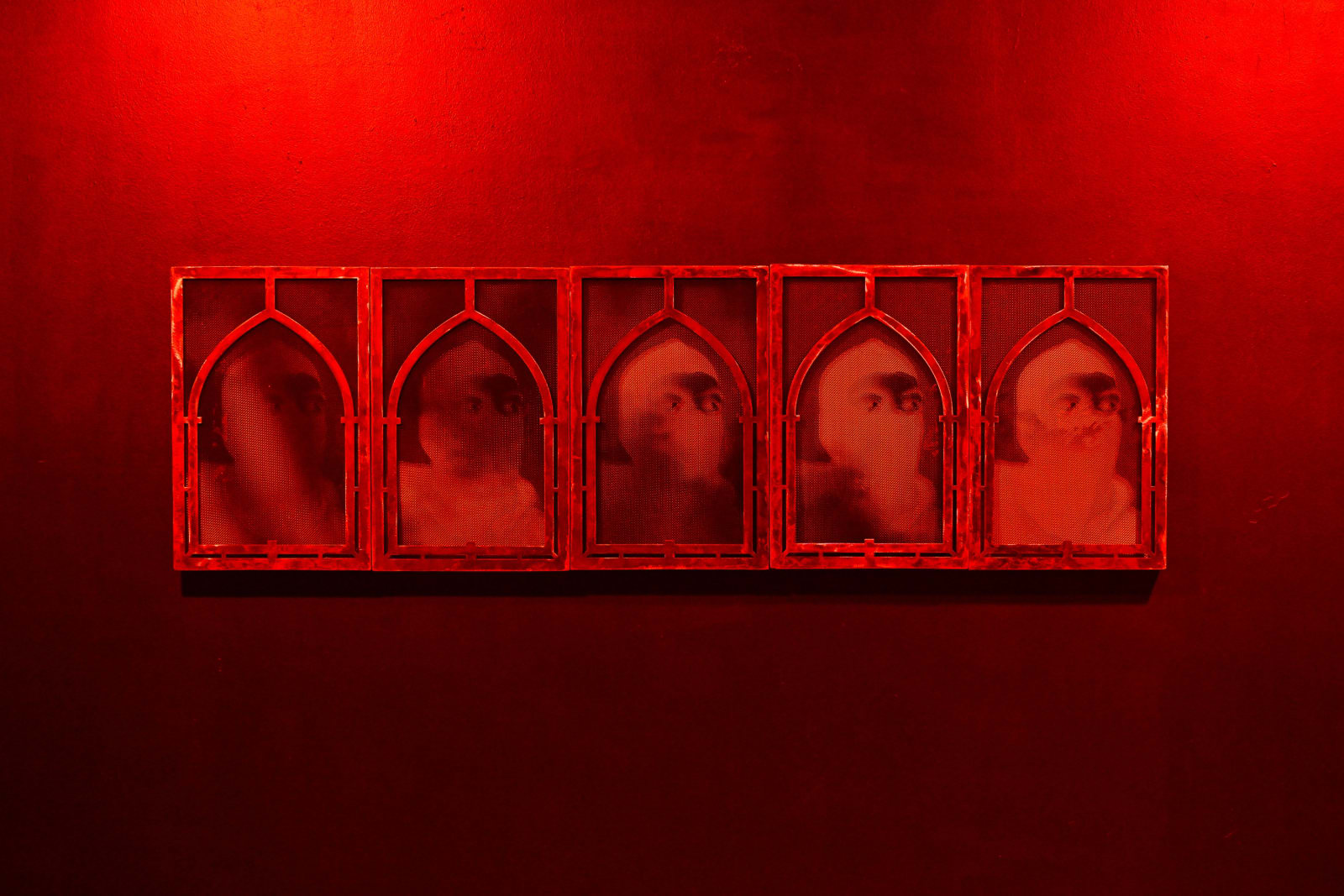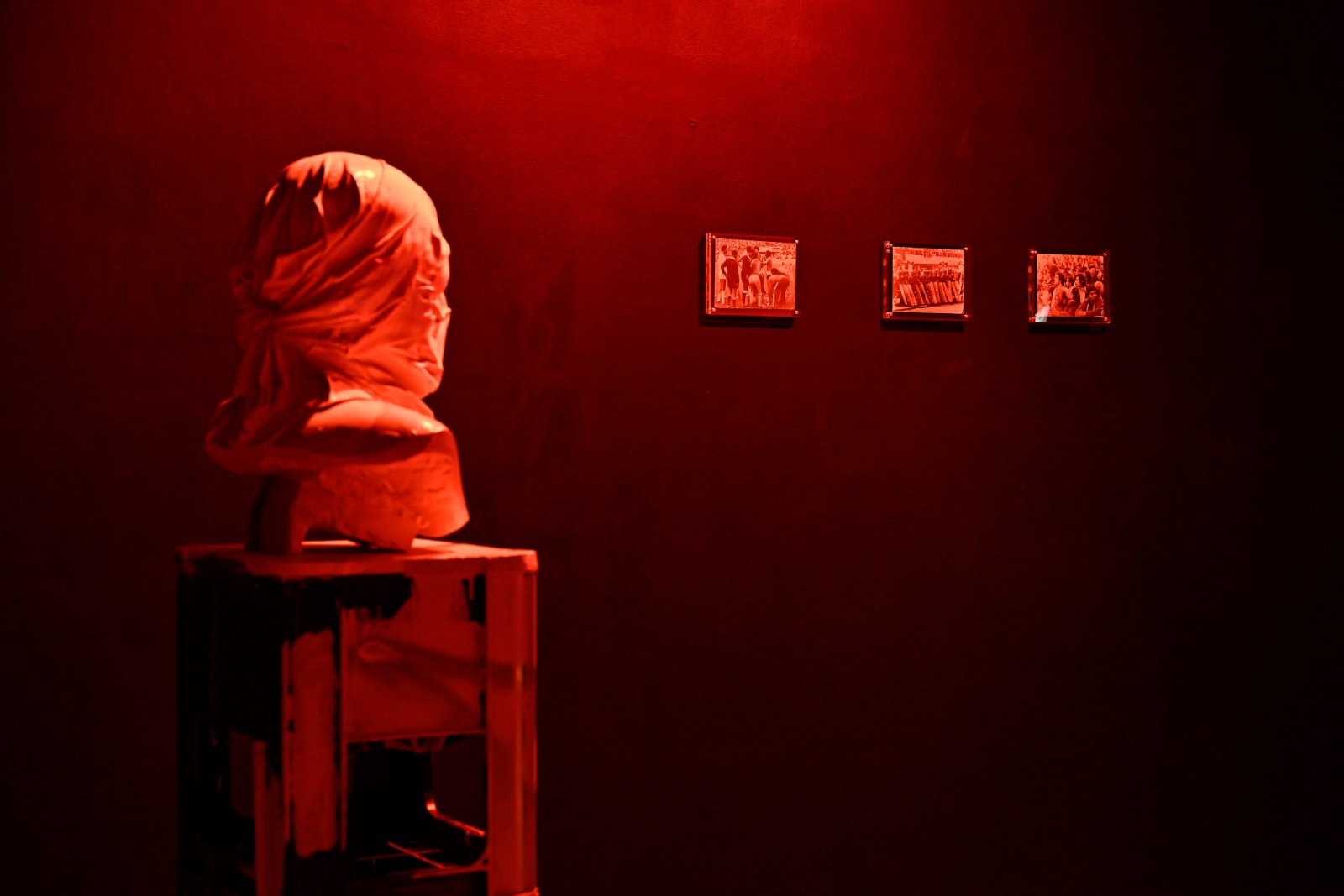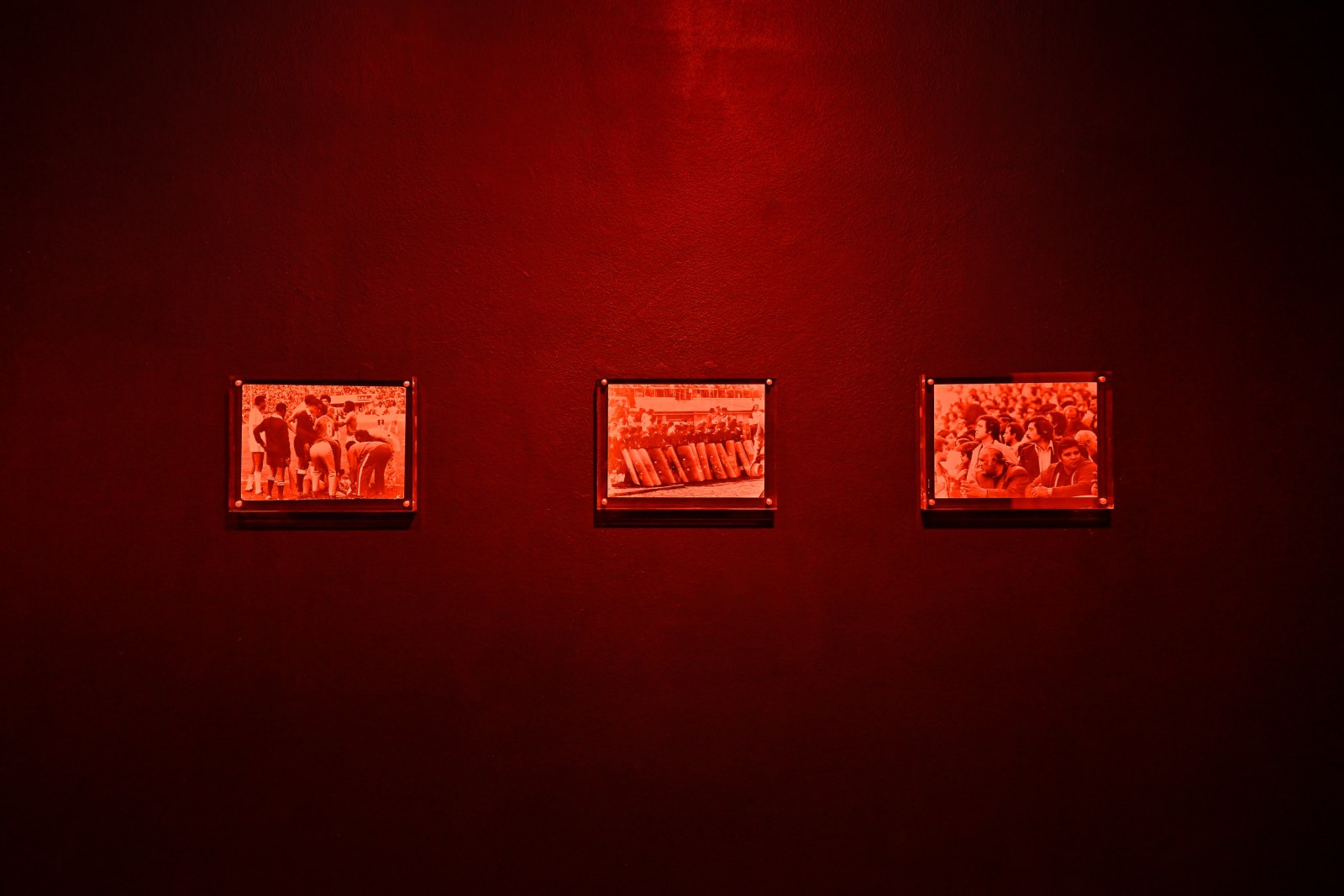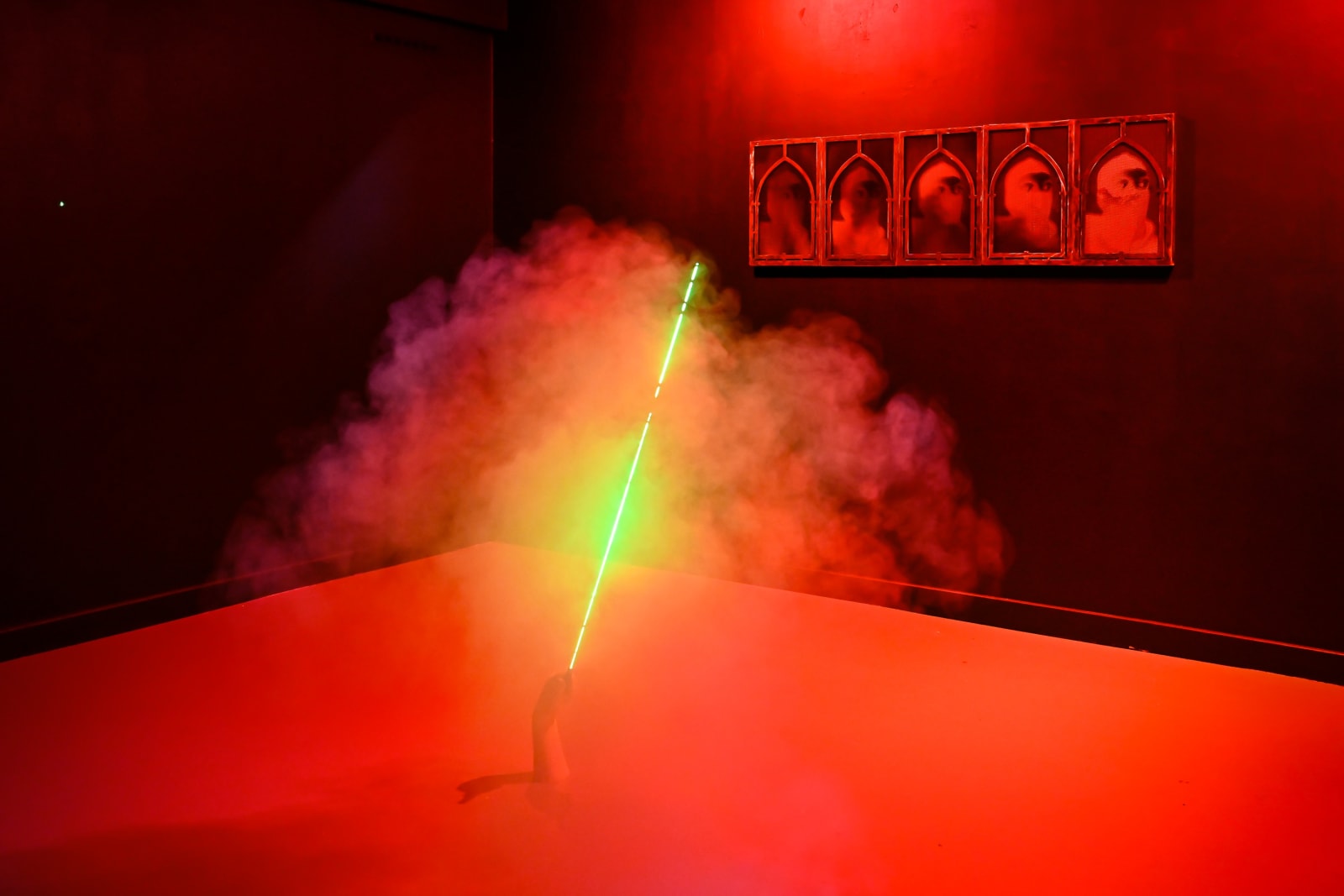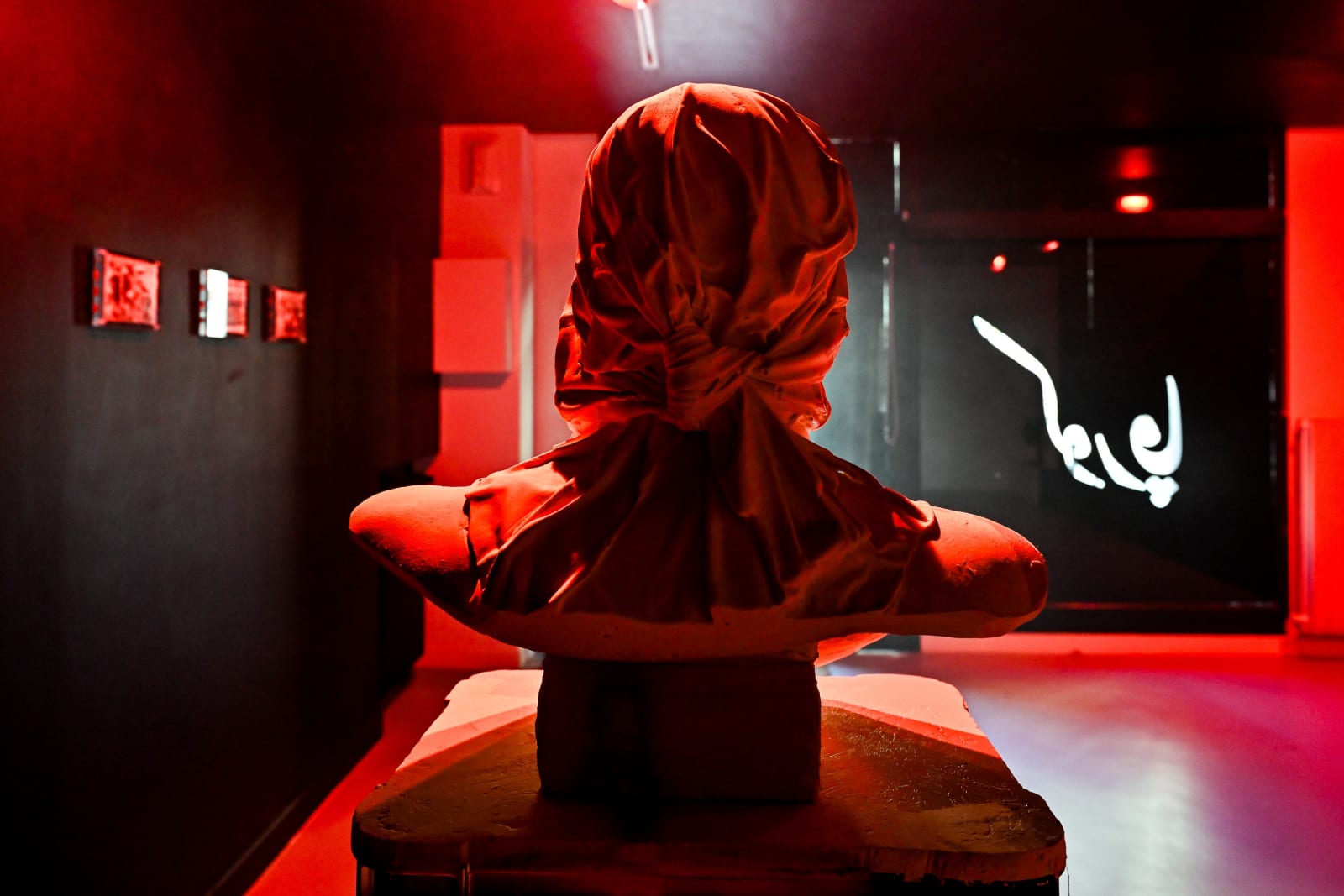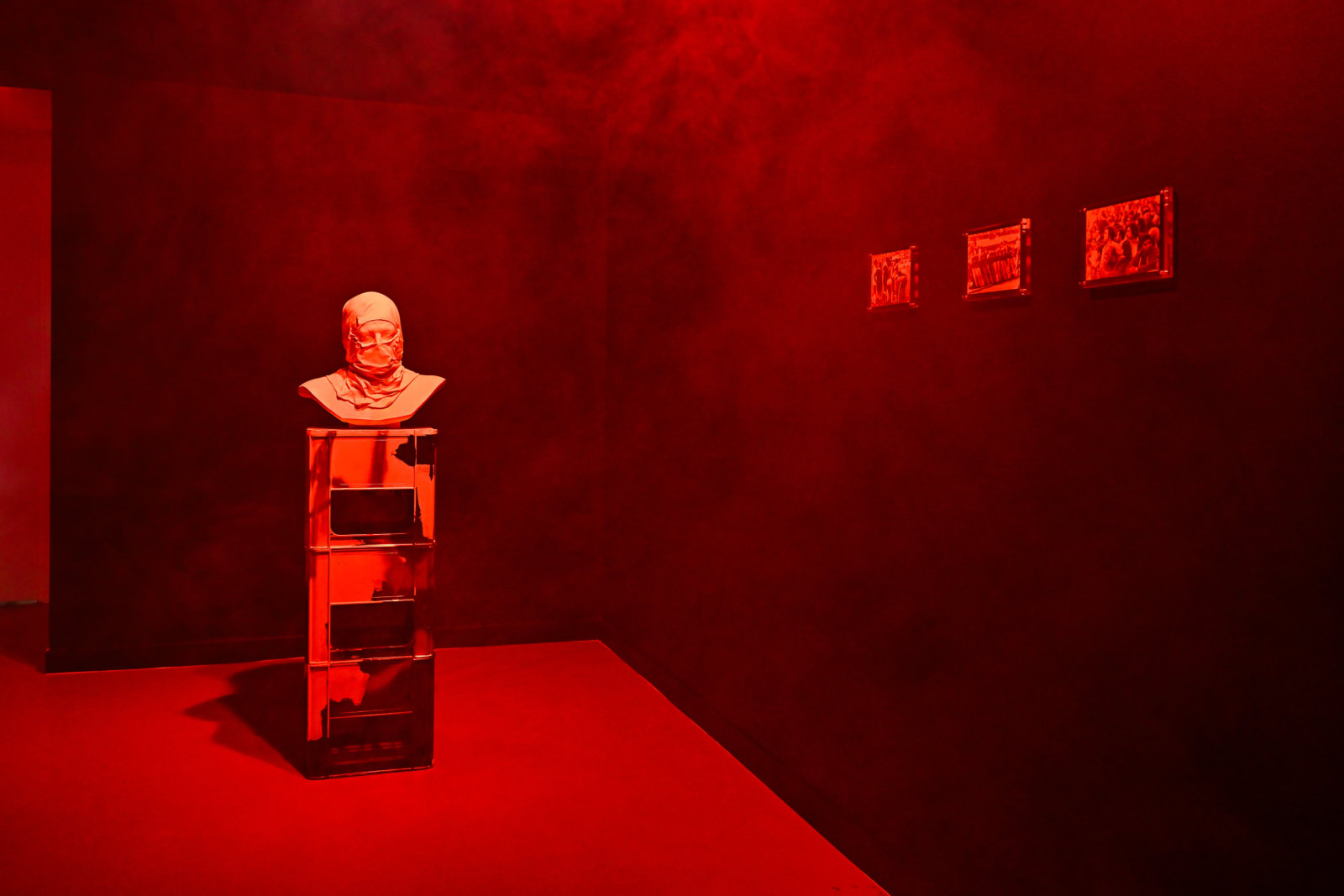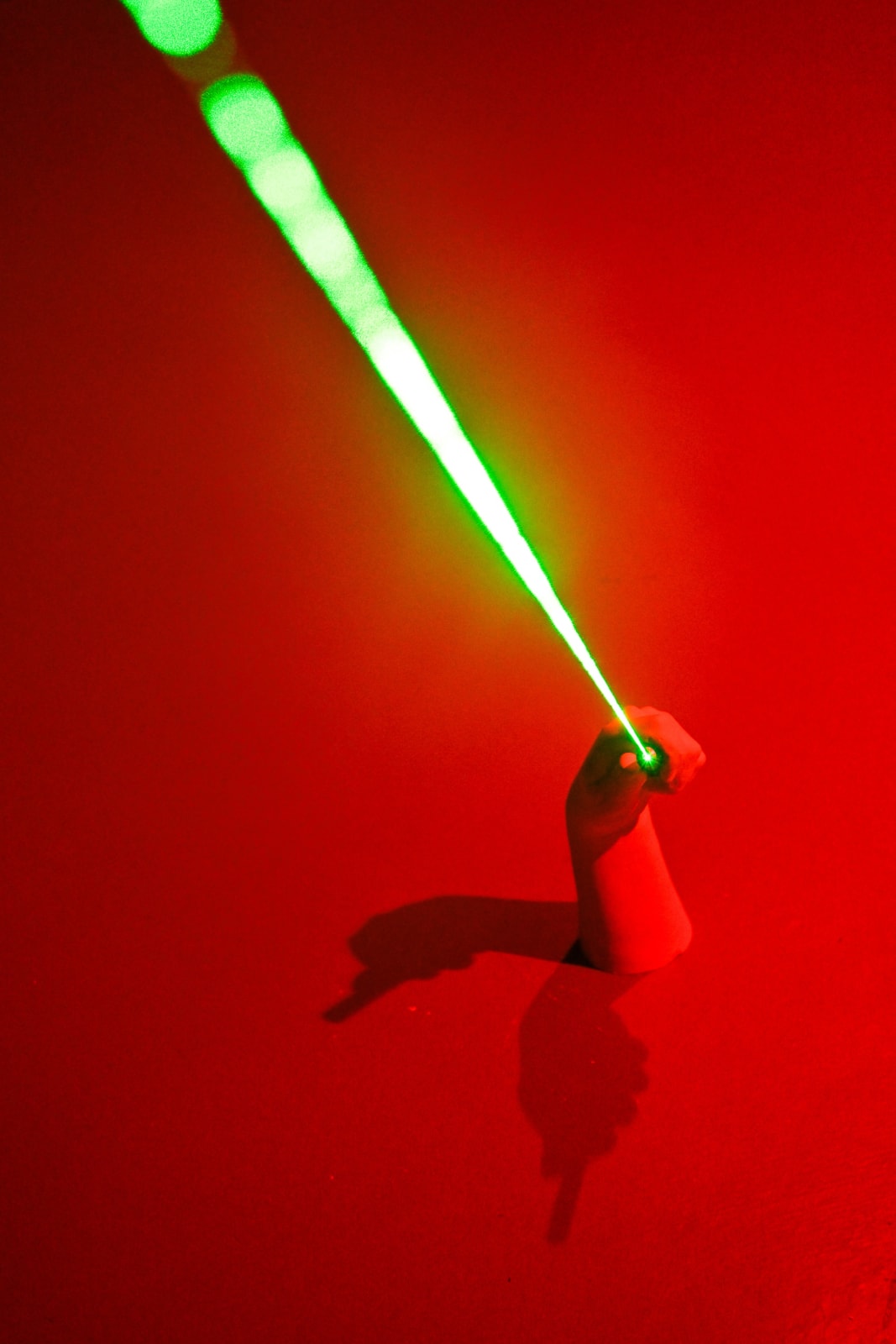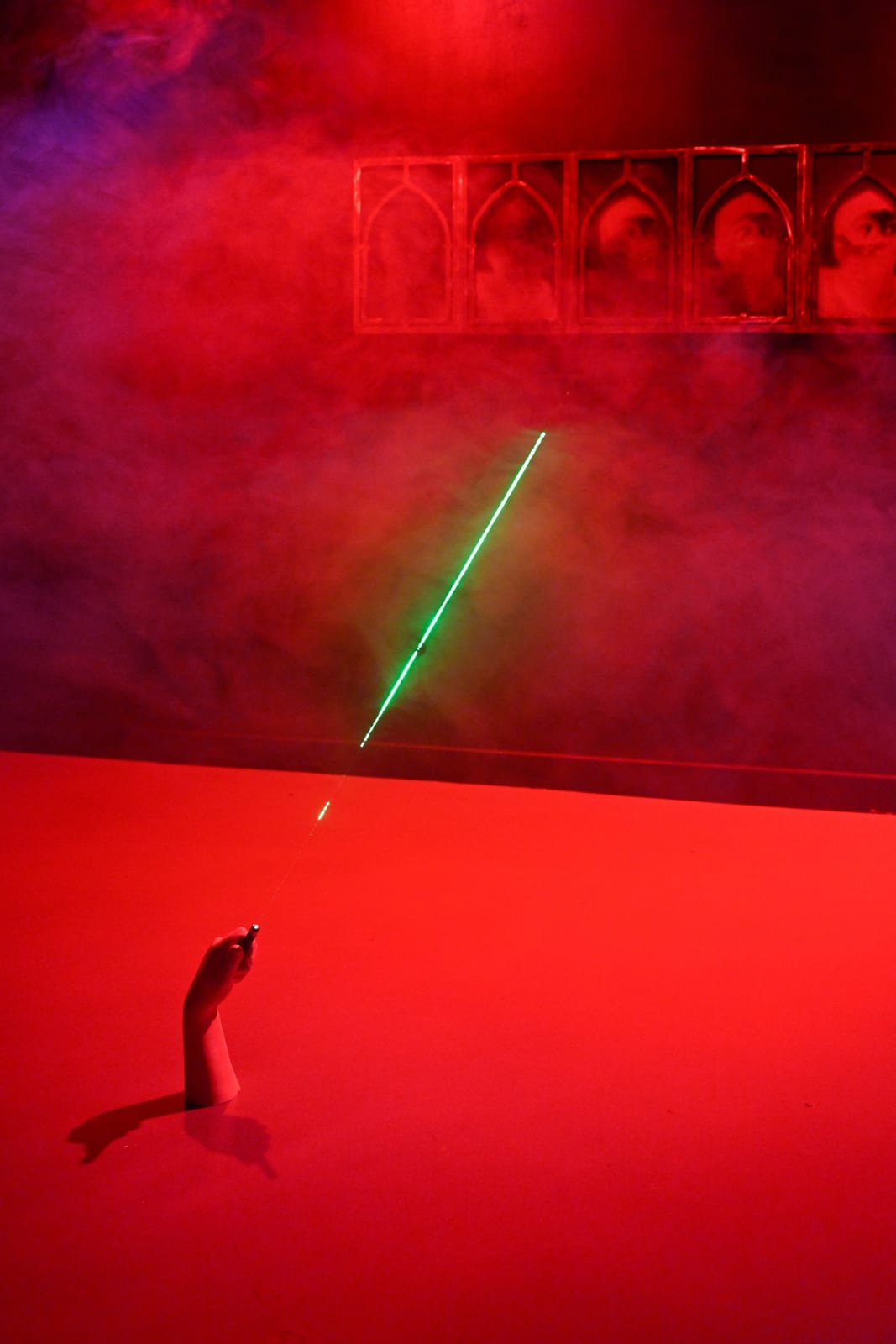Malek Gnaoui | Fondation H, Paris, France
13 JunE - 2 August 2025

Currently in acreative residency at the Cité internationale des arts in Paris, artist Malek Gnaoui is preparing his upcoming exhibition Curva, which will be presented in the Parisian space of Fondation H starting on 13 June, 2025.
Curva, a term evoking both the physical space of stadium stands and the collective state of mind of ultras, is the starting point of Malek Gnaoui’s latest body of work. In this project, he draws from the deep-rooted culture of football supporter groups, not only as a phenomenon of organized fandom but as a social construct that reflects broader societal structures. The curva is more than a gathering of voices; it is a microcosm of community, identity, and resistance and a collective body bound by codes, rituals, and an unspoken yet rigid sense of belonging.
These groups, united and organized, trace their origins to the early days—first emerging in Greece during the ’30s and later in Brazil—where, as fans, they became carriers of deeply rooted societal messages. What began as a collective of protesters, marginalized from public spaces, evolved into ultras whose history forms an endless loop of resilience that the artist continuously refracts and reinterprets.
From Italy’s curva sud, which became a defining model of ultra culture in the ’60s and ’70s, to the politically charged supporter factions in Eastern Europe, the movement has continually shifted, mirroring the socio-political climates from which it emerges. Rather than simply tracing this evolution, Gnaoui examines how its visual and material language has been shaped over time, offering a new way of looking at this ever-changing phenomenon.
The idea of Curva / Ultras—as both a physical and psychological space—serves as a lens through which Gnaoui explores the thin line between strength and vulnerability. The ultras appear rigid, their collective presence commanding, yet within this structure lies an underlying fragility, an emotional intensity that mirrors the contradictions of the societies they emerge from. Their chants, synchronized movements, and unwavering devotion to their teams take on a near-religious dimension, transforming stadiums into spaces of ritual and belief, where voices rise in unison like a form of collective prayer. It is from this deeply ingrained culture that Gnaoui draws inspiration, seeing in it an echo of sacred spaces, where symbols and gestures hold a power beyond their immediate function.
Gnaoui’s engagement with the subject stems from both personal history and a broader socio-political reflection. Growing uparound this culture, he witnessed its capacity to unite and create a sense of purpose, but also its variously deep complexities and the fine line between structure and volatility. Through this work, he offers a revisualization of the ultras’ world that extends beyond the spectacle of the game into the fundamental questions of human ties, resilience, and fragility.
In a subtle, almost cinematographic approach, he creates mise en scènes where objects, materials, and gestures become actors in an ongoing narrative. His sculptural interventions reinterpret elements of urban expression, transforming graffiti into moldings, reclaiming protest symbols and stadium iconography while reconstructing ephemeral displays of solidarity. Just as ultras leave their imprints on urban space, Gnaoui’s work captures and reconfigures these traces, presenting them not as static relics but as dynamic elements in a continuous cycle of erasure and resurgence. Also Inspired by the way religious spaces use visual storytelling, such as the stained-glass windows of churches, Gnaoui seeks to infuse these raw, everyday materials with a sense of the sacred. By transposing the most basic, often overlooked elements of urban culture into compositions that recall these hallowed aesthetics, he highlights the paradox of reverence within the ultra movement itself.
Through material experimentation, Gnaoui transcends the industrial heft of concrete and iron, integrating unexpected elements that disrupt and soften their perceived harshness. This interplay-between what appears unyielding and what is, in reality, delicate-serves as an analogy for both the individuals within these groups and the broader social constructs they navigate. The artist dissects and reassembles his materials — redrawing, adding, and removing — to create combinations that, though they might sound ordinary, emerge as meticulously elaborate constructs.This approach invites the viewer to engage deeply, question the apparent, and uncover hidden narratives within these layered compositions.
With this work, Gnaoui reaffirms his long-standing commitment to exploring the intersections of personal memory, social history, and materiality. Curva is not just a representation of ultras, it is a reflection on the very nature of belonging and the weight of collective identity exploring the tension that shapes them and fragility within.
Text by Kenza Jemmali
